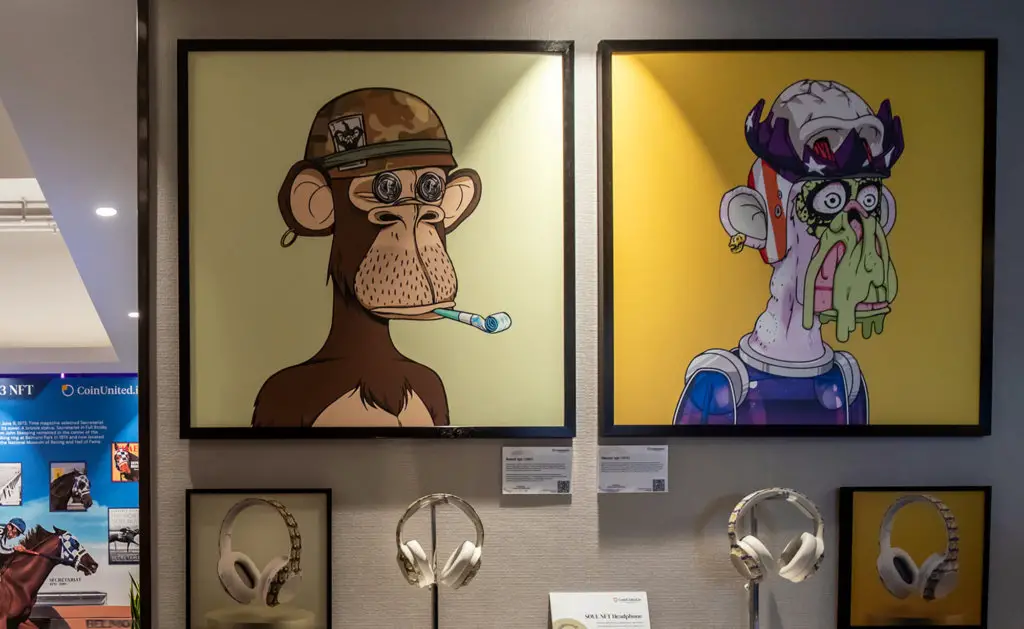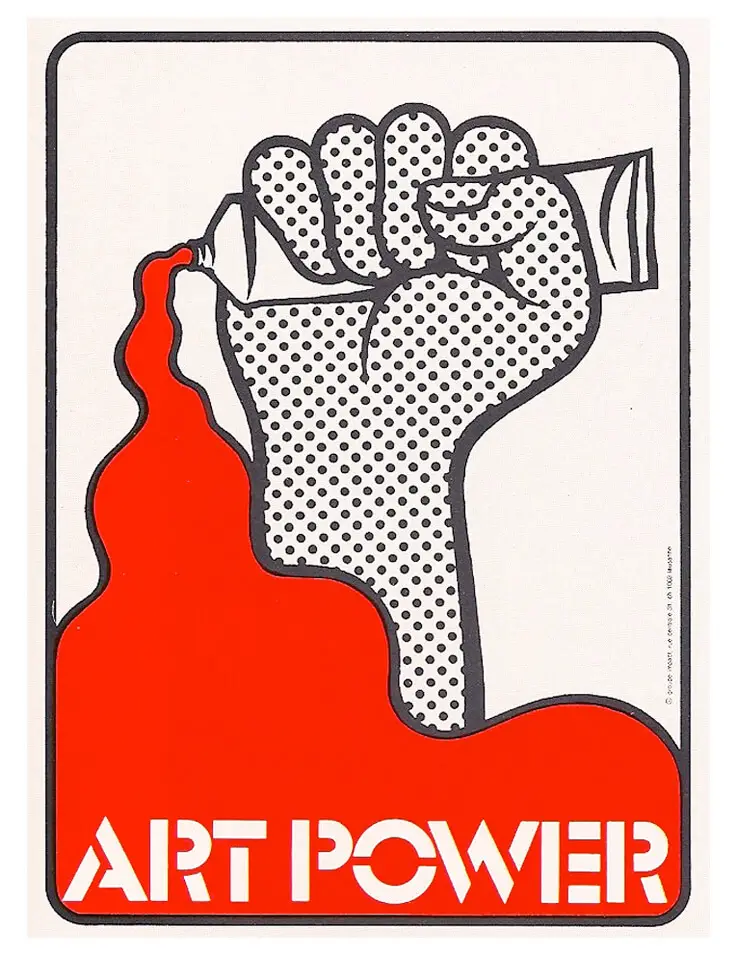Downsides of NFTs in the Art World

Non-Fungible Tokens (NFTs) have ushered in a revolutionary shift in the art world, serving as the catalyst for this shift. These blockchain-based digital certificates offer artists new opportunities for ownership, distribution, and monetization of their work.
However, this game-changing technology brings with it a slew of new challenges and drawbacks, all of which should be carefully considered. We delve into the complex landscape of non-fungible tokens (NFTs) in this extensive blog post, illuminating the potential pitfalls associated with these tokens and posing important questions about their impact on artists, the environment, and the very nature of art itself.
We have explored the future of the art world in a previous post, where we explore NFT’s more as well
https://rip.ycg.mybluehost.me/.website_8a05865d/article/exploring-the-future-of-art/
Environmental Issues
One of the most significant drawbacks associated with these types of investments is the large environmental footprint left by NFTs. Concerns have been raised about the amount of carbon emissions produced as a result of blockchain technology’s high energy consumption, specifically Proof of Work (PoW) systems.
It is possible that the amount of energy required to mint and trade NFTs is comparable to that required by entire countries. This contributes to an increase in the global carbon footprint at a time when environmental preservation is critical.
New Forms of Exclusivity and Elitism:
While NFTs promise to democratise the art market, it is possible that they will unintentionally foster new forms of exclusivity and elitism. Prices have risen as a result of wealthy collectors’ rush to purchase NFTs, potentially alienating artists and art enthusiasts who cannot participate due to financial constraints. This calls into question the notion that digital art will eventually be accessible to a broad audience.
Because digital reproduction is possible, the concept of rarity and uniqueness, which has traditionally been associated with physical art, is disrupted in the digital realm. NFTs enable flawless digital reproductions, raising concerns about the genuine worth of an artistic creation that can be endlessly replicated. In contrast, physical art pieces, which each have their own unique characteristics, are inherently distinct from one another.
Issues Concerning Copyright and Ownership
New forms of commerce have highlighted the difficulties associated with copyright and ownership. Although blockchain technology provides proof of ownership, it does not necessarily guarantee ownership of the intellectual property rights that lie beneath the surface. Artists have faced difficulties when digital representations of their physical works of art are tokenized without their permission, sparking debate about who truly owns the rights to the artwork.
The current lack of comprehensive regulation in the world of non-fungible tokens (NFTs) is one of the primary contributors to the potential security risks that collectors and artists face. Scams, fraud, and hacking incidents have highlighted the need for improved security measures as well as regulatory frameworks to protect the interests of all stakeholders.
Financial Bubbles and Speculation
Concerns about speculative bubbles similar to those that existed during the dot-com era have arisen as a result of the meteoric rise in the price of NFTs. Some pieces of art are purchased solely for the purpose of investment, rather than for the purpose of appreciating the actual work of art. This speculative behaviour can distort the artist’s perception of the intrinsic value of their work and stymie the artist’s natural career progression.
The risk of an artist’s creative integrity being diluted because the NFT market is primarily driven by commercial interests. The NFT market is primarily driven by commercial interests.
As a result of the pressure to create art that meets the demands of the NFT market, an artist’s work may lose its authenticity and depth, resulting in a shift away from production driven by personal expression and towards production driven by profit.
Digital Divide and Accessibility
Despite the fact that NFTs provide new ways for artists to monetize their work, they also highlight our society’s existing digital divide. Certain creators may find themselves at a disadvantage in this new environment because not all artists have the resources or technical knowledge required to navigate the complexities of blockchain technology.
The appearance of NFTs in the art world is a double-edged sword because it provides artists with unprecedented opportunities while also raising serious concerns.
Because of the rapid advancement of technology, it is critical that artists, collectors, platforms, and regulators collaborate to find solutions to the problems caused by NFTs.
The art world must figure out how to navigate the complexities of this transformative technology without jeopardising the environment, artistic integrity, or the inclusive spirit that art has traditionally embodied.
This can be accomplished by balancing innovation and responsible stewardship. Finally, the evolution of NFTs and their impact on the world of art will necessitate a concerted effort on the part of all parties involved to shape a future in which creativity, accessibility, and sustainability can coexist peacefully.
Recommend0 recommendationsPublished in Blogs







